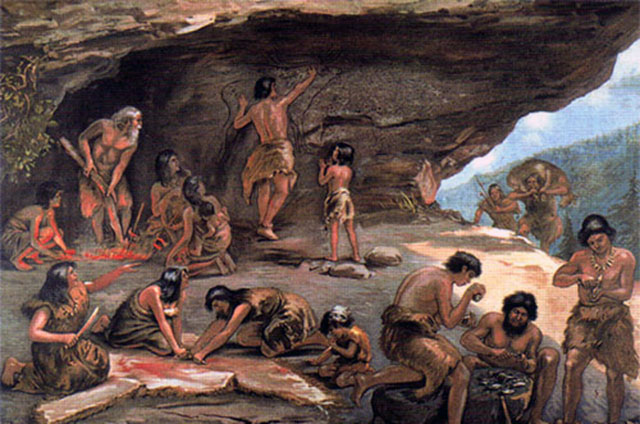W.B.C.S. Examination Notes On – Rhodesian Man – Anthropology Notes.
Widely known as Broken Hill 1 (also Kabwe 1), the Rhodesian Man is an almost complete cranium discovered on June 17th, 1921 in a lead and zinc mine, 18 meters below the ground level, at Broken Hill, Northern Rhodesia (now Kabwe, Zambia). It was sent in the same year to London, where it remains one of the key treasures of the Natural History Museum.Continue Reading W.B.C.S. Examination Notes On – Rhodesian Man – Anthropology Notes.
This is a challenging specimen for the understanding of our African direct ancestors. However, the circumstances around the discovery do not help to define a precise dating to this fossil. It was found by a miner and there were no scientists around, so the initial collection of data was not the desirable: for example, the exact position and the relation to animal remains in the area.
The discoverer had no clear memories of the finding. He explained that the surroundings were basically soft material, and the only few bones present were some bat bones plus a human tibia discovered one meter away on the same day. This likely corresponds to the same individual of the cranium.
Broken Hill was initially dated to 40 ka, but further estimations give at least 125 ka or more probably 200 to 300 ka. In any case, it is among the first findings of a fossil potentially related to the sapiens lineage.
Some researches include this specimen within the Homo heidelbergensis species, together with the European Middle Pleistocene specimens. But others argue that Broken Hill is the holotype of Homo rhodesiensis: a specific African species which would be a direct ancestor to Homo sapiens. Some even consider that Homo rhodesienis gave rise to the subspecies Homo sapiens idaltu – defined after Herto, a 160 ka skull found by Tim White in 1997 at Herto Bouri, Ethiopia. In this case, H. rhodesiensis in Africa would have been contemporary to H. heidelbergensis in Europe.
Please subscribe here to get all future updates on this post/page/category/website


 Toll Free 1800 572 9282
Toll Free 1800 572 9282  mailus@wbcsmadeeasy.in
mailus@wbcsmadeeasy.in



















































































































